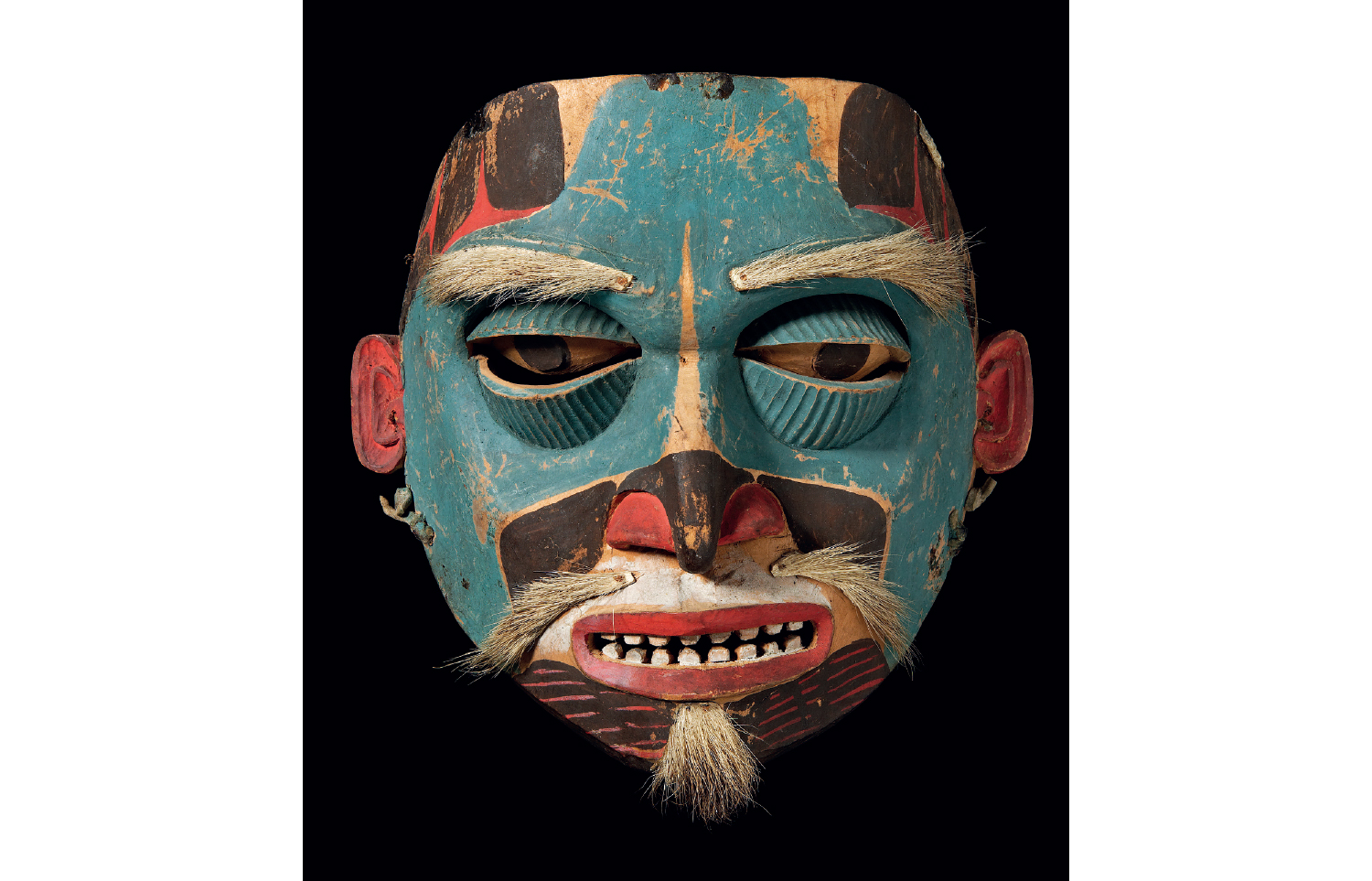It’s payback time: women, artists from ethnic minorities and non-western traditions are taking over the exhibition schedules. On the heels of the seven women expressionists in Making Modernism at the Royal Academy comes Souls Grown Deep like the Rivers: Black Artists from the American South. ‘We are aware that art history has excluded a lot of artists and it is incumbent on us to broaden our perspective,’ said Academy secretary Axel Rüger at the press view – and for anyone who failed to grasp the magnitude of the moment one of the artists, Lonnie Holley, added: ‘This is the Royal Academy of Arts. This is not just some come-by-lately museum, hear what I’m saying?’
Artists from the Black Belt states of Georgia, Alabama and Mississippi look completely at ease in Piccadilly
The 34 artists from the Black Belt states of Georgia, Alabama and Mississippi look completely at ease in Piccadilly. It’s not just the inventiveness of their work but the scale of its ambition. At 8ft square, Thornton Dial’s ‘Stars of Everything’ (2004) – a constellation of splayed housepaint tins twinkling around a bastardised American eagle dressed in rags – dominates Room 1. A self-portrait? Dial calls himself a ‘pick-up bird’, a scavenger. Descended from families left behind in the Great Migration, without access to art education or materials, the artists gathered here made art out of what they had: worn-out fabrics, scrap metal, driftwood, obsolete electrical appliances, house paint. ‘Because we were the slaves, the outcasts, the throwaway part of humanity, that was our playground,’ says Holley. ‘The stuff that was thrown away, we had to reuse it.’
Assemblages? They got ’em. Former steel worker Charlie Lucas’s ‘Three-Way Bicycle’ (c.1985), welded together from bicycle wheels and machine parts, is a Tinguely-esque delight; Bessie Harvey’s ‘Untitled’ (1987), a tree root sprouting faces with teddy-bear eyes and marbles for teeth, is spine-tinglingly surreal.








Comments
Join the debate for just £1 a month
Be part of the conversation with other Spectator readers by getting your first three months for £3.
UNLOCK ACCESS Just £1 a monthAlready a subscriber? Log in